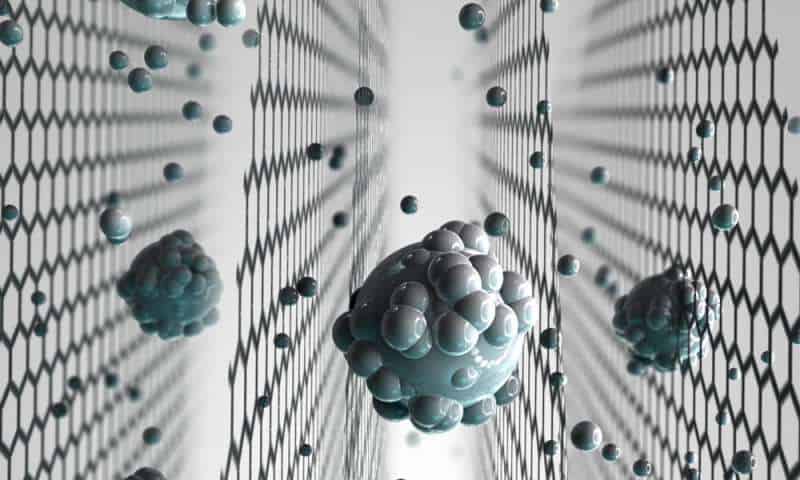In many places on Earth, we’re using more water than can be replenished and with climate change looming, more and more communities are set to suffer water shortages. Drinking water shortages, that is, because if there’s anything this planet isn’t lacking in, it’s water. The problem is most of it lies in the oceans which are salty and desalinization can be extremely expensive and energy intensive. If you could filter the salts out of the ocean as easily as you’d separate common impurities with a sieve, that’d be a real breakthrough.
Researchers from the University of Manchester, UK, are close to making this idea into a practical, working solution in the real world. Their solution is based on graphene-oxide membranes which had already previously proven highly effective at filtering out small nanoparticles and even large salts.
Common salts dissolved in water form a sort of ‘shell’ of water molecules around the salts. Tiny capillaries etched inside the graphene-oxide membranes can block these salts from flowing along with the water. Water molecules then pass through the sieve at a flow rate that’s anomalously fast, which is highly desirable for desalination applications.
“This is the first clear-cut experiment in this regime. We also demonstrate that there are realistic possibilities to scale up the described approach and mass produce graphene-based membranes with required sieve sizes,” said Professor Rahul Nair from the University of Manchester.
Previously at Manchester, the birthplace of graphene more than 15 years ago, the same team found graphene-oxide membranes get swollen after prolonged used and smaller salts get through the membrane along with the water. This time around, membrane swelling was avoided by controlling pore size. Pore sizes as small as 9.8 Å to 6.4 Å were demonstrated where one Å is equal to 0.1 nanometers.
“Realisation of scalable membranes with uniform pore size down to atomic scale is a significant step forward and will open new possibilities for improving the efficiency of desalination technology,” Nair said.
These membranes are not only useful for desalination. The same atomic-scale tunability of the pore sizes can be used to manufacture membranes that filter a variety of ions.
According to the U.N., 14 percent of the world’s population could encounter water scarcity by 2025. Off-grid, small-scale solutions like these graphene-oxide membranes have their place and will help lessen the strain in those areas of the world where there’s not enough capital to support large desalination plants.
Scientific reference: Tunable sieving of ions using graphene oxide membranes, Nature Nanotechnology, nature.com/articles/doi:10.1038/nnano.2017.21










